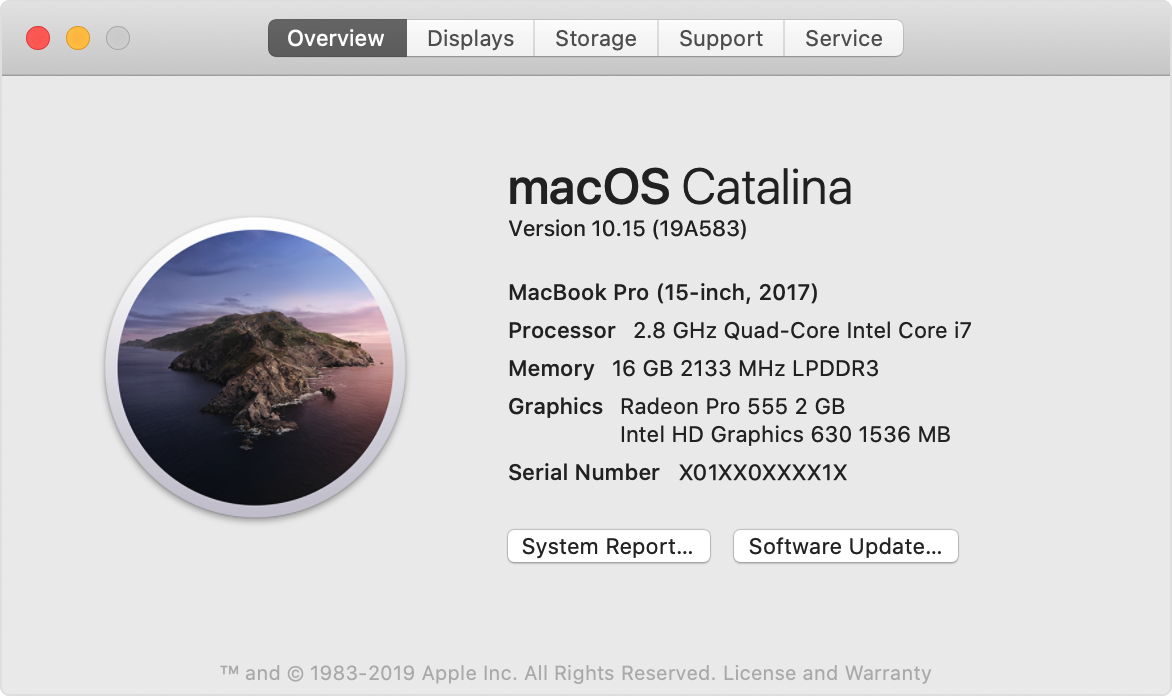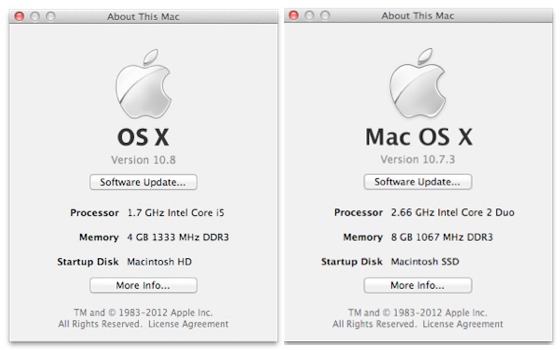
- Serial console for mac os x install#
- Serial console for mac os x serial#
- Serial console for mac os x drivers#
- Serial console for mac os x driver#
I've tried setting zterm's connection to 9600, and turning on "hardware handshake," to no avail. then I go back and look at zterm, and it still looks the same: blank
Serial console for mac os x serial#
this purportedly puts the xserve into open firmware mode, and if no keyboard or monitor are attached, is supposed to automagically use the serial console. held down the button with the exclamation mark inside the triangle on the xserve during startup until the top row of lights flashed like Kitt in Night Rider, and then I pushed this system identifier button until the seventh light from the right was illuminated then I held down identifier button again until top row of lights flashed sequentially again. I modify the connection settings to 57,600, no parity, no handshake, no flow control, data bit is 8 and stop bit is 1. launched zterm, and a window automatically opens up with a connection already active, counting the seconds in lower corner. (should I have used a "null" cable-what's the difference?) connected a "pass-through" rs-232 compliant serial cable to serial port on xserve and to the serialusb adapter on powerbook. Here's what I've been trying, with a dual g4 slot loading xserve with no video card or keyboard attached:

Mine shows up as the /dev/cu.PL2303-00002014 and that then appears in my favorite terminal emulator, SecureCRT as a choice under Serial Ports.Although I marked this discussion as "answered," now that the usbserial adapter has arrived, I am trying to follow said advice, but have yet to be successful. shell$ ls /dev/cu* /dev/cu.Bluetooth-Incoming-Port /dev/cu.PL2303-00002014 /dev/cu.Bluetooth-Modem
Serial console for mac os x driver#
When you complete the mv command above, you’ll get a pop-up warning from OS X claiming that the driver was installed improperly (we fix that later in the instructions), just click OK and ignore it.Īfter you complete the above steps, inserting the adapter in a USB port should automatically create a device in /dev for the serial port. Shell$ sudo chown -R root:wheel osx-pl2303.kext/ shell$ sudo kextload. Shell$ sudo chmod -R 755 osx-pl2303.kext/ Shell$ sudo mv osx-pl2303.kext /System/Library/Extensions/
Serial console for mac os x install#
The instructions to install the driver that I used are, from Terminal: shell$ tar zxvf The driver I used can be downloaded here: The original WLANBook Blog Post is here:

The ATEN adapter is based on the PL2303 (H, HX, X chip version) USB-to-Serial Bridge Controller, so these instructions should work with a variety of adapters other than the ATEN (including the Tripp Lite USB to Serial DB9M Adapter (U209-000-R) ($8)). In order to bring light to this astonishingly good news, I’m re-blogging the instructions with appropriate credit. So, I opted to try it out under Mavericks as well and…it works.
Serial console for mac os x drivers#
I borrowed an adapter from a friend of mine, the ATEN USB to PDA/Serial (DB9) Adapter w/ PC & Mac Drivers UC232A ($19.22), to see if it would work.Īfter 3+ hours of trying to get various drivers working, I was no closer to a working solution.įortunately, my same friend was able to find the two year-old blog post documenting a setup that worked under Mountain Lion. Keyspan does not show a driver that supports OS X 10.9 and loading the 10.8 driver resulted in no change from not having the driver.

I’ve always been able to get it to work properly, but recently, with my upgrade to a 15″ MacBook Pro Retina Display and subsequent upgrade to OS X 10.9 Mavericks, my trusty little friend may have met his day. I’ve carried a Keyspan USA-19HS with me in my briefcase for close to a decade (maybe more).

I often do work that requires a serial port. Appears that with the coming of OS X 10.9 Mavericks, we are once again faced with various peripherals that cease to function correctly.


 0 kommentar(er)
0 kommentar(er)
